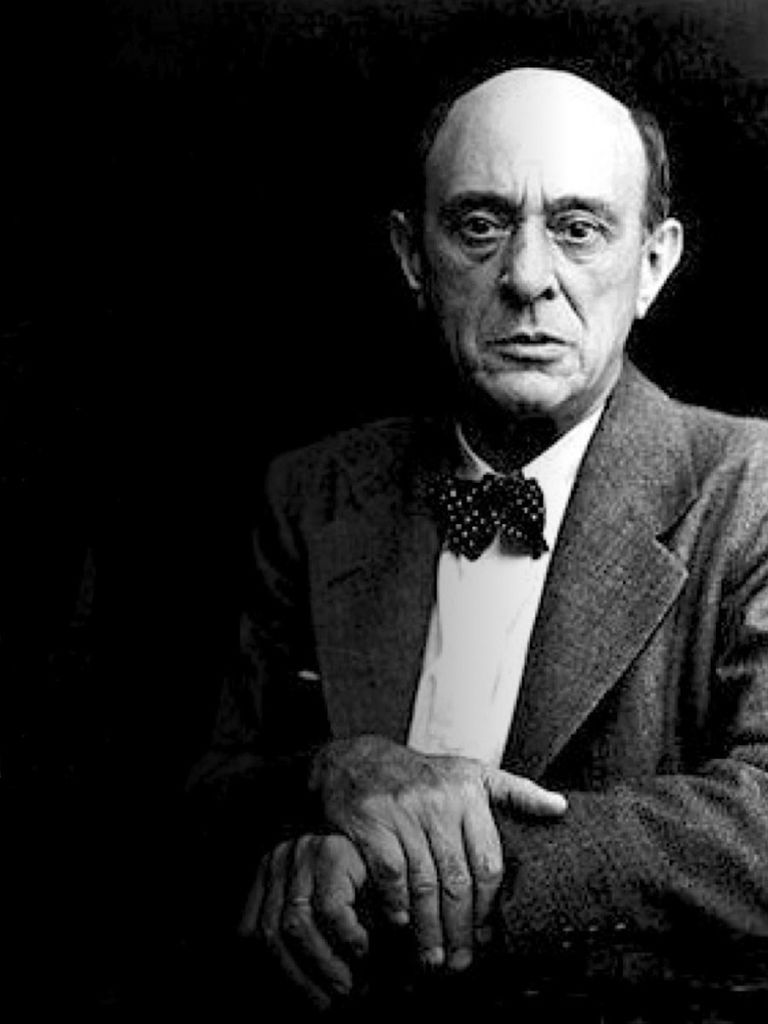
Arnold Schoenberg
Are you reading the new book Schoenberg: Why He Matters by Harvey Sachs?. I am, and it offers fresh perspective on why Schoenberg altered the trajectory of classical music that followed.
If you are reading this important new book – and if not, perhaps you should be – here is a playlist of recordings of Schonberg’s music that are available for you to hear right now, if you are a member of Classical Archives.
Verklärte Nacht (“Transfigured Night”), Op. 4: This early work for string sextet (later rescored for orchestra) was composed in 1899. It stretches the language of extended chromaticism – and romanticism – as far as it will go, before Schoenberg’s embraced atonality and later, 12-tone music.
Our listening selection features the Camerata Salzburg.
String Quartet No.2 in F#-, for soprano and string quartet, Op.10: In this revolutionary quartet, we hear Schoenberg embarking on the new world of atonal music when in the fourth movement the soprano sings the words, “”Ich fühle Luft von anderem Planeten” (“I feel the air from another planet”). A new musical age has begun.
Our listening selection features soprano Nadia Pelle with I Musici de Montréal conducted by Yuli Turovsky .
Pierrot Lunaire, Op. 21: Composed in 1912, this is a landmark work in the development of atonal music. It’s a melodrama for voice and chamber ensemble, utilizing Sprechstimme, a blend of spoken and sung delivery.
Our listening selection features soprano/speaker Christine Schäfer with the Ensemble InterContemporain conducted by Pierre Boulez.
Five Pieces for Orchestra, Op. 16: Composed between 1909 and 1913, these pieces mark a further step towards Schoenberg’s exploration of atonality.
Our listening selection features the Royal Concertgebouw Orchestra conducted by Riccardo Chailly.
Moses und Aron: An opera in three acts, Moses und Aron is one of Schoenberg’s most ambitious works. It remained unfinished at his death and stands as perhaps the most significant 12-tone work ever composed.
Our listening selection features the Royal Concertgebouw Orchestra and soloists conducted by Pierre Boulez and soloists.
Violin Concerto, Op. 36: Written between 1934 and 1936, this concerto is one of Schoenberg’s late 12-tone works.
Our listening selection features soloist Kolja Blacher and the Gürzenich-Orchester Köln conducted by Markus Stenz.Top of Form
Take Your Listening a Few Steps Further . . .
Be sure to listen to the music of Anton Webern and Alban Berg, who were students of Schoenberg and who followed him down the path of 12-tone composition. There is plenty of their music waiting for you to discover on Classical Archives.





Recent Comments